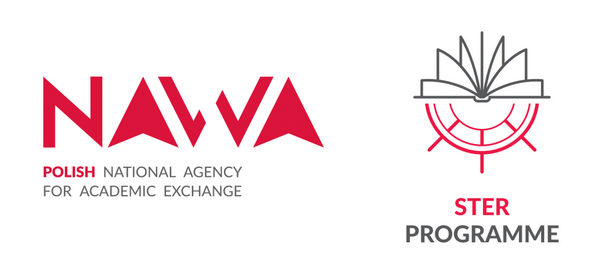1. Electrochemical protection methods
1.1. Cathodic protection systems for industrial structures requires the use of unambiguous criteria of protection effectiveness. The currently used cathodic protection criteria do not provide unambiguous information on the inhibition of corrosion processes on the pipeline, the impact of stray currents, or the corrosion hazard caused by the impact of high voltage power lines. The research topics will be related to the development of new, unambiguous criteria for the effectiveness of electrochemical protection based on measurements performed with the technique of dynamic electrochemical impedance spectroscopy (DEIS). The method of dynamic measurements will enable the monitoring of changes in the tested systems and their correlation with the degree of corrosion risk of the structure. This will be a scientific and technological novelty, because so far in the world impedance spectroscopy has not been used to assess electrochemical processes on structures with a working cathodic protection installation.
1.2. Nature of the research: theoretical, experimental
1.3. Keywords: corrosion, cathodic protection, assessment of protection effectiveness, impedance monitoring
2. Electrochemical impedance spectroscopy as a modern method of testing and research of electrochemical processes
2.1. Electrochemical impedance spectroscopy (EIS) is a useful technique for both the quantitative estimation of the intensity of the electrochemical/corrosion process and the qualitative description of the phenomena occurring on the electrodes and in the area of the electrode-electrolyte interfacial contact. Thanks to the use of low-amplitude perturbation, it can be classified as a low-destructive technique. Therefore, the condition of the examined object is slightly disturbed and the obtained results can be treated as an approximation of the description of its natural behaviour. The use of the equivalent circuit concept allows for convenient modelling of electrochemical processes through their electrical equivalents. By using an alternating electric perturbation, it is possible to study dielectric systems such as polymer protective coatings or solutions with negligible electrical conductivity, such as petroleum refining products. The EIS technique is a valuable tool in the study of modern energy sources such as fuel cells. It provides a better insight into the complex nature of the mixed diffusion-activation processes that take place during energy generation at different load levels.
2.2. Nature of the research: theoretical, experimental.
2.3. Keywords: electrochemical impedance spectroscopy, polymer membrane fuel cells, charge transfer mechanism, electrochemical testing.
3. Electrochemical noise as a modern testing method of testing and research of corrosion processes
3.1. The electrochemical noise technique (EN) is the result of the development of metrology and its fusion with research on the mechanism of electrode processes. As a result, several standardized measurement procedures have been developed that allow for the examination of corrosion processes both in terms of quality and quantity. Despite the verified correctness of the results obtained in laboratory conditions, the use of EN in industrial conditions is still questionable. It is a natural consequence of the susceptibility of the described technique to external interferences, such as, for example, forced convection in solution caused by vibrations of nearby devices. Therefore, research is carried out all the time to increase the selectivity of the described measurement methodology. Selectivity can be understood not only as the ability to distinguish the electrical response from corrosion phenomena and external sources of interference, but also to identify different types of corrosion attack. The postulated and experimentally validated possibility of identifying various types of attack based on statistical or spectral analysis opens up great development prospects for EN. These include, for example, early detection of pitting corrosion. On the other hand, the perspective of automation of the measurement process calls for attention to the use of machine learning techniques, which are one of the hot and dynamically developing topics in modern science.
3.2. Nature of the research: theoretical, experimental.
3.3. Keywords: corrosion rate measurement, corrosion type estimation, localized corrosion, corrosion mechanisms investigation, machine learning.
4. Hydrogen penetration dynamics and hydrogen damage
4.1. Under certain environmental and physical conditions, hydrogen penetrates steel structure, causing hydrogen embrittlement, which can lead to a drastic decrease in mechanical strength. The consequences of this process are dangerous failures leading to high economic and social costs. As part of the research, taking into account standard hazard conditions, analyses of hydrogen penetration into typical construction materials are performed. The dynamics of the occurring hydrogen penetration process is analysed in connection with the loss of mechanical properties of construction materials. The research is carried out in cooperation with industrial partners.
4.2. Nature of research: experimental, theoretical, technology development.
4.3. Keywords: hydrogen embrittlement, high temperature hydrogen embrittlement.



